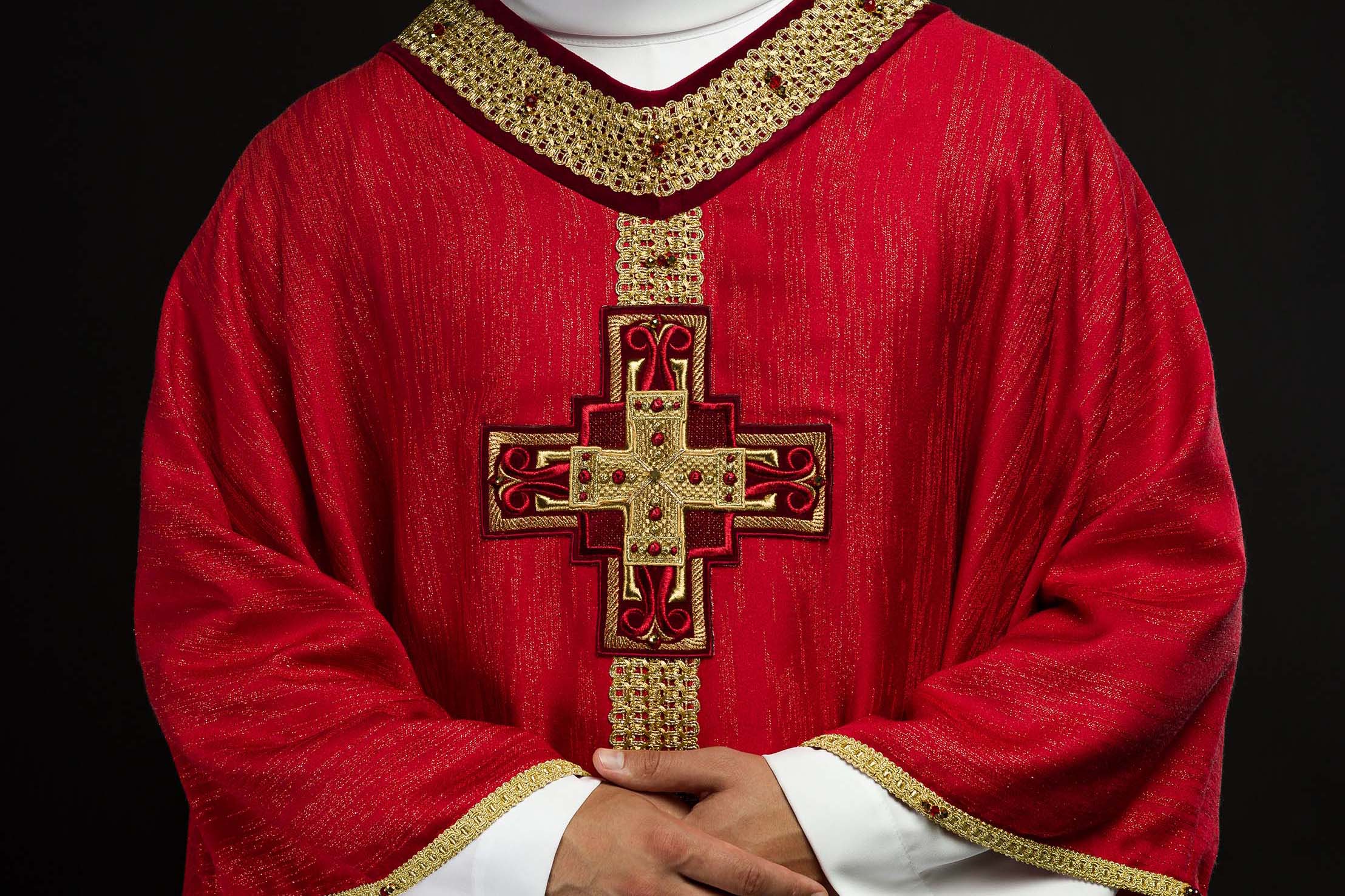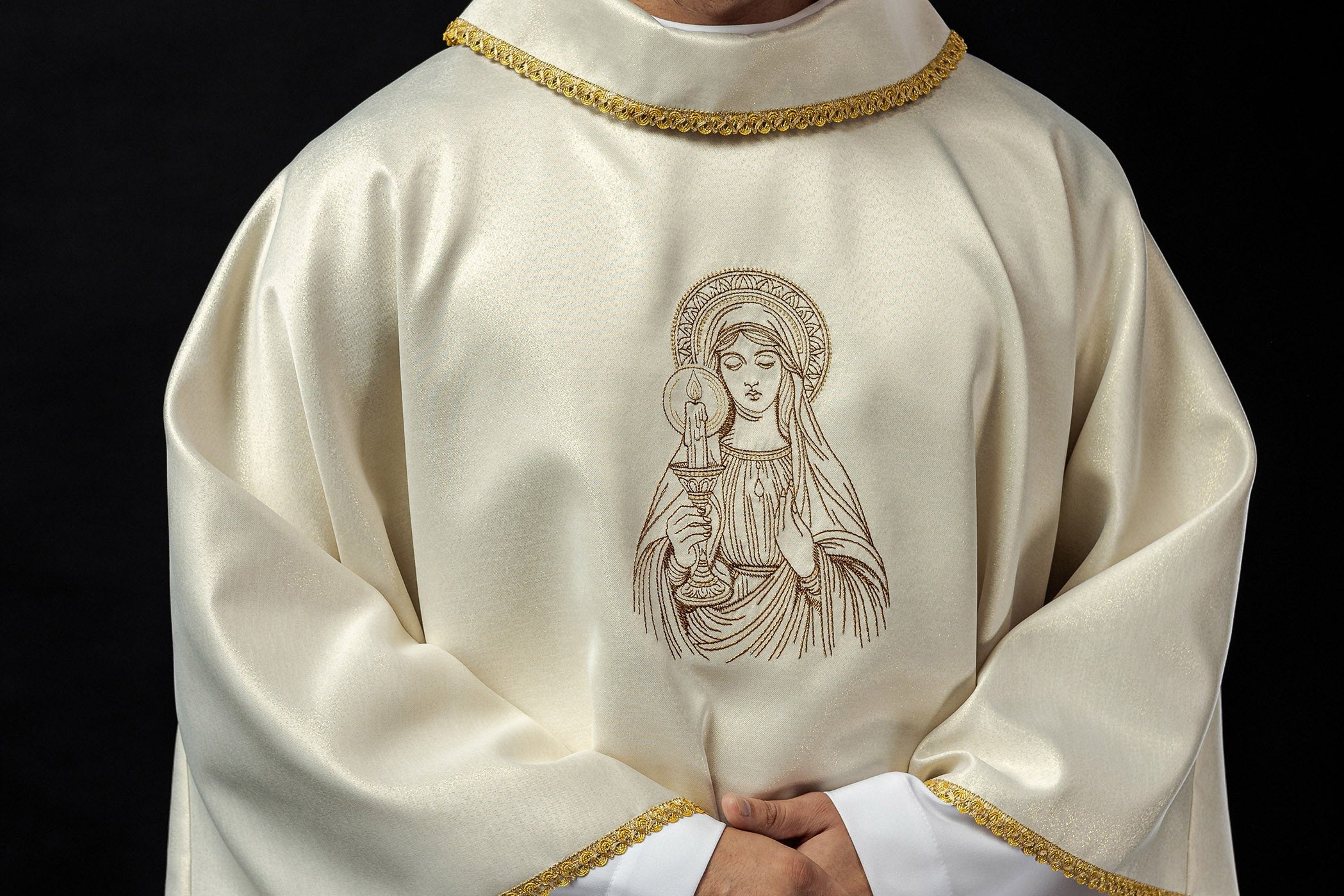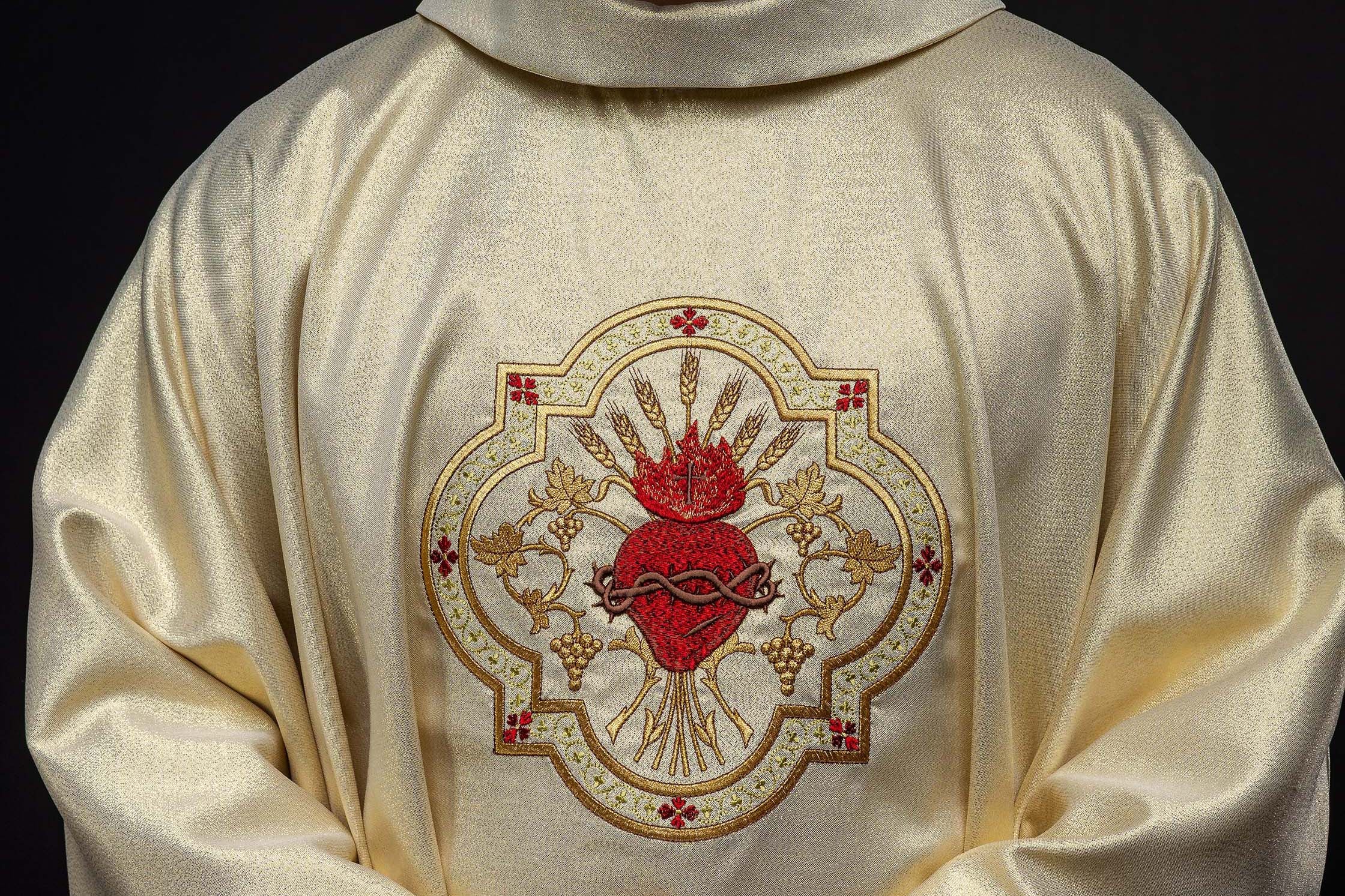
Paschal Triduum: A Liturgical ABC for Priests
The Paschal Triduum – Liturgical ABC for Priests
The Paschal Triduum is the heart of the liturgical year in the Catholic Church, the culmination of the Lenten season, and the introduction to the joyful celebration of Christ's Resurrection. For priests, as celebrants and shepherds of the community, a thorough understanding and precise liturgical preparation for these three days – from the evening Mass of the Lord's Supper on Holy Thursday, through the Liturgy of the Lord's Passion on Good Friday, to the Easter Vigil on Holy Night – is an absolute priority. The following guide is a liturgical ABC, which aims to remind and organize the most important issues related to the celebration of the Paschal Triduum.
Holy Thursday – Mass of the Lord's Supper
Holy Thursday begins the Paschal Triduum. The central point of the day is the solemn Mass of the Lord's Supper, which commemorates the Last Supper, the institution of the Eucharist, and the priesthood. The priest should pay particular attention to several aspects:
Institution of the Eucharist
The key moment of this Mass is the consecration of bread and wine, which become the Body and Blood of Christ. The priest should celebrate this moment with the utmost care, focus, and piety, remembering the institution of this sacrament in memory of Jesus. The words of consecration must be spoken clearly and with the appropriate intonation.
Transfer of the Blessed Sacrament
After Holy Communion, the Blessed Sacrament is solemnly transferred to a place of adoration, called the "Advent Chapel" or "Gethsemane." This is a symbolic reference to Jesus' prayer in Gethsemane after the Last Supper. The priest, as celebrant, should ensure the appropriate setting for this procession – singing the hymn "Pange Lingua Gloriosi," acolytes carrying candles and incense, and the faithful adoring Christ present in the Blessed Sacrament.
Washing of Feet (Mandatum)
The Gospel scene of Jesus washing the feet of the apostles is reflected in the Mandatum rite. The priest goes to the designated place, where he washes the feet of twelve chosen faithful. This is an expression of service and brotherly love, which Christ commanded to imitate. The choice of those whose feet are washed should be thoughtful, and the rite itself celebrated with humility.
End of Mass
The Mass of the Lord's Supper ends without a final blessing and without sending the faithful away. This is a symbolic beginning of the "Paschal fast" – a time when the Church remains with Christ in His Passion and Death. The church remains open for the faithful desiring adoration of the Blessed Sacrament.
Good Friday – Liturgy of the Lord's Passion
Good Friday is a day of fasting and penance, a day when the Church commemorates Christ's death on the cross. The liturgy of this day is without Holy Mass.





